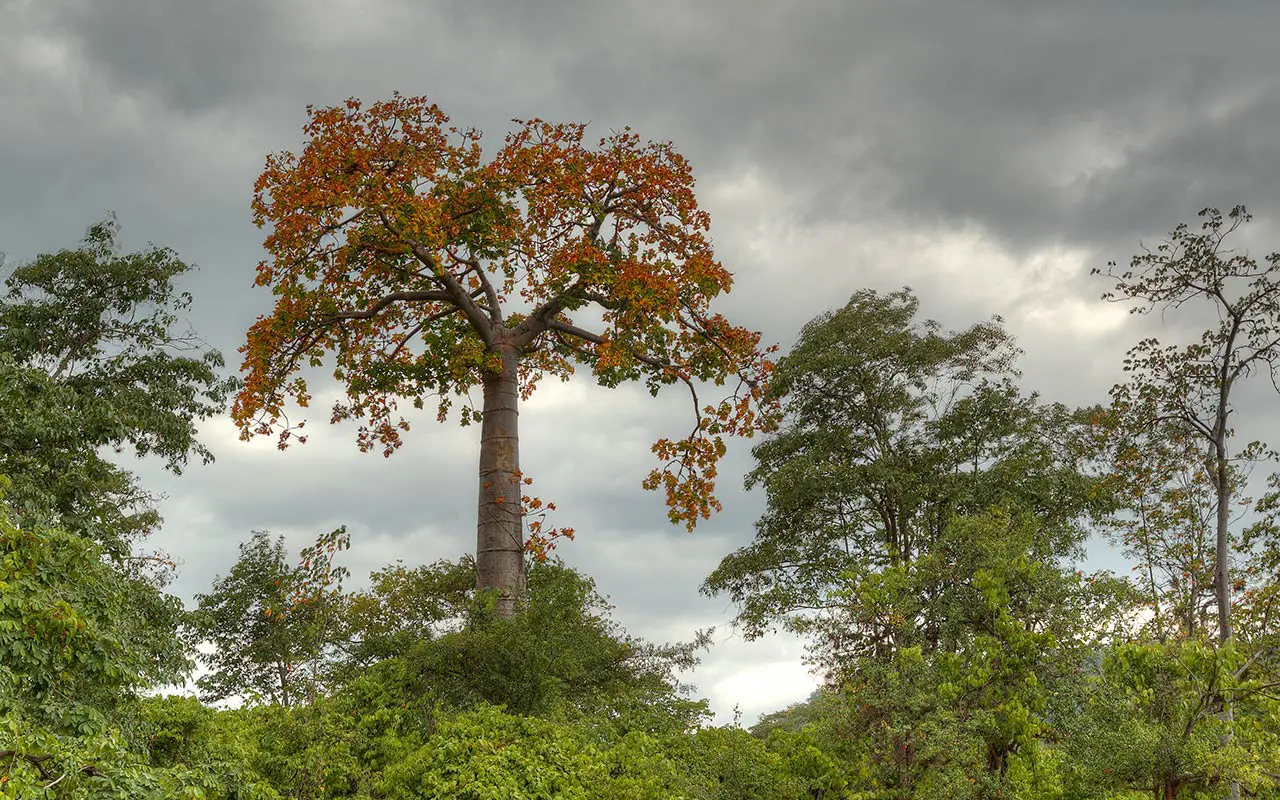Forests with Dry Conditions for More Than Half of the Year
Tropical dry forests are rare and highly endangered. Because of human activity, less than 5% of the original ecosystem remains
These forests occur in regions with heavy rainfall for part of the year followed by a long dry season. The trees are well adapted to this climatological reality of almost no rain for up to seven months. Because of these dramatic conditions, these ecosystems have many endemic species adapted to the area’s extremes.
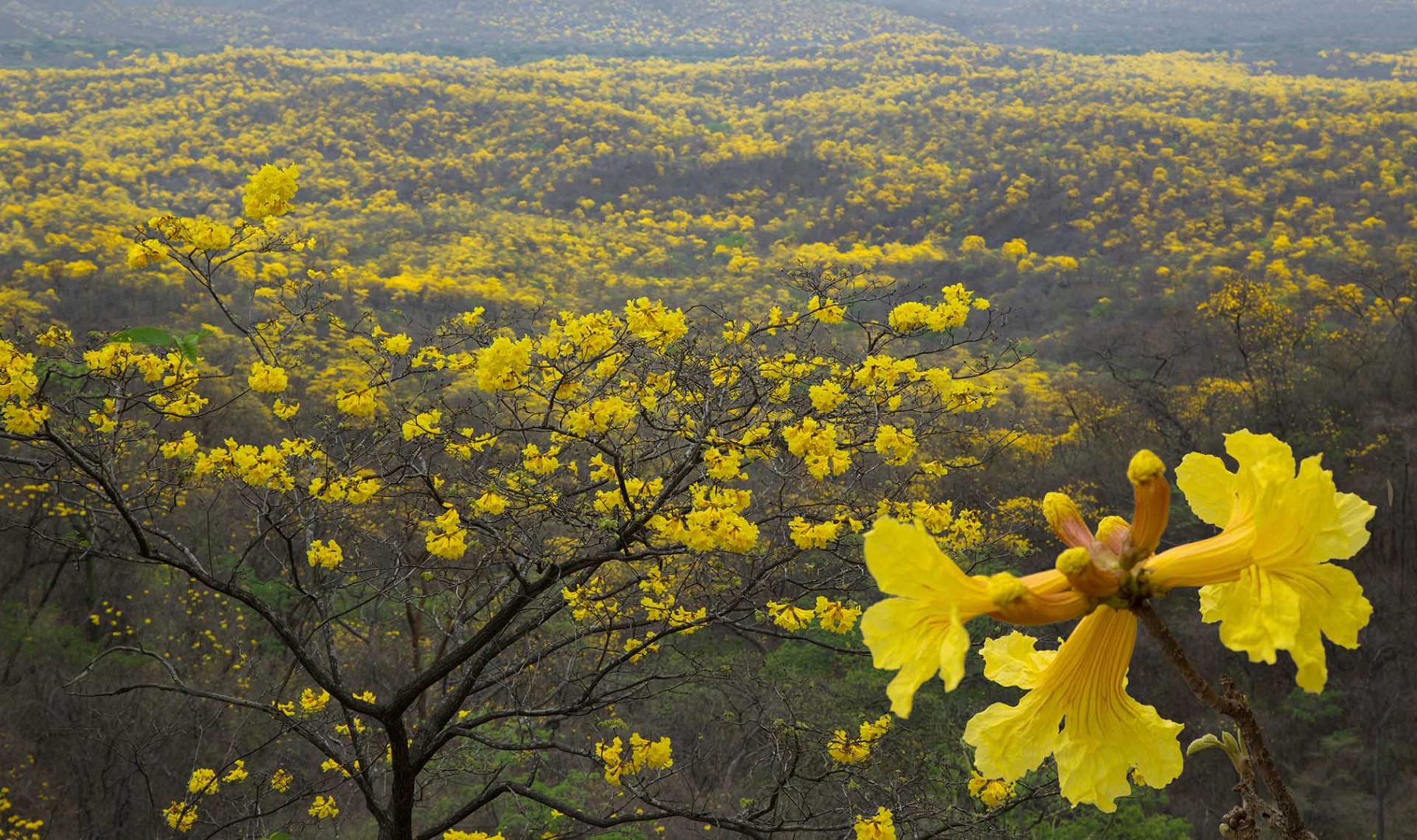
Tropical dry forests are dense with greenery during the wet summers but become a starkly different landscape during the dry winters when most trees shed their leaves to avoid transpiring their stored water into the air.
The large Guayacan tree, flowering only once per year after the first rains of the season, is found in Nature and Culture’s Cazaderos Reserve in Loja, Ecuador.
An unusual climate along the northern coast of Peru and the southern coast of Ecuador is responsible for the extraordinary tropical dry forests. Even though these forests lie on the equator, they find themselves in the rain shadow of the mighty Andes, the world’s longest mountain range. For seven to eight months of the year, they get little moisture from the ocean because it’s cooled by the Humboldt Current flowing north from Antarctica.
Tropical dry forests are home to one of the highest concentrations of endemic bird species in South America, making them a top conservation priority.
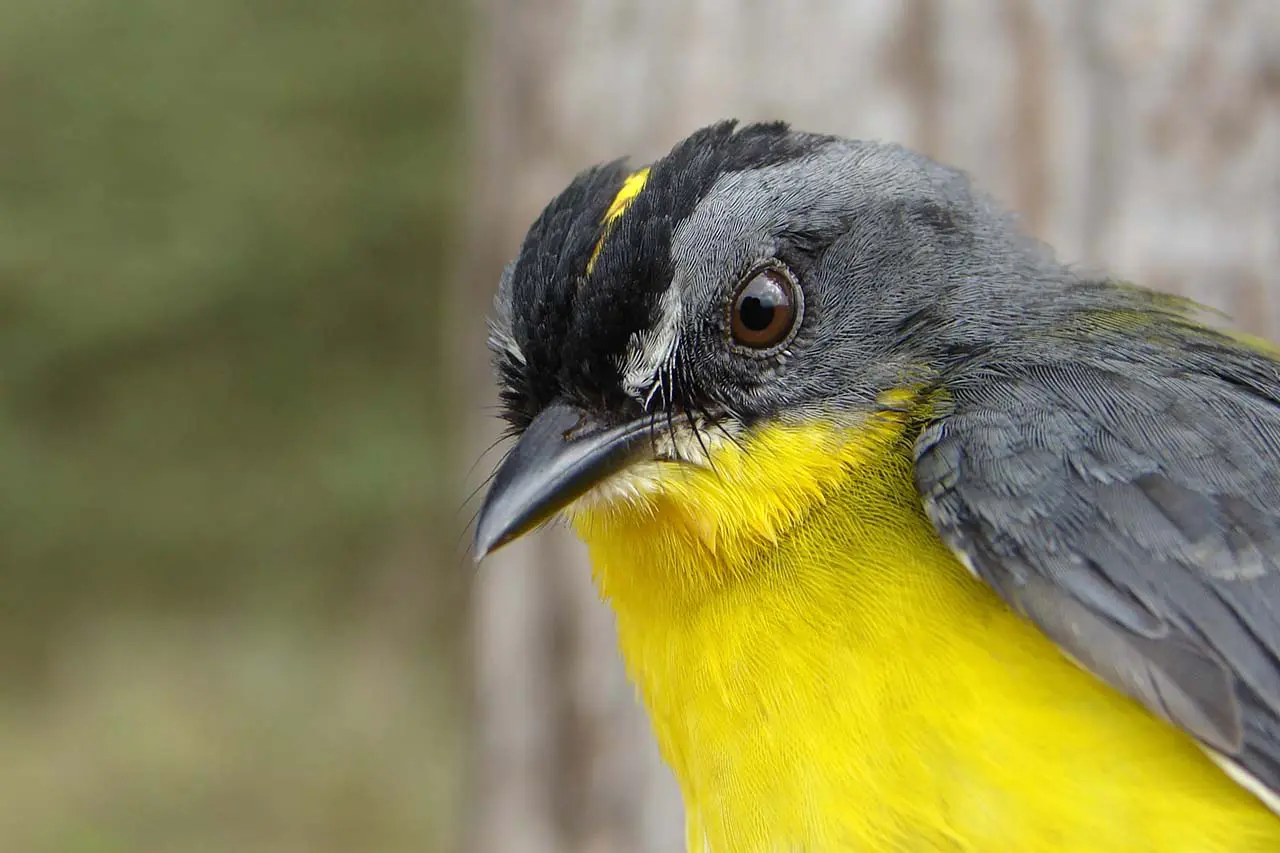
The endemic gray and gold warbler in Nature and Culture’s Cazaderos Reserve.
Over 95% of tropical dry forest has been lost or degraded due to human activity.
These forests rank as one of the world’s highest biodiversity priorities because they are home to one of the highest concentrations of endemic species in all of South America. Furthermore, the degree of threat is grave because the climate is good for farming export crops like corn, bananas, and rice.
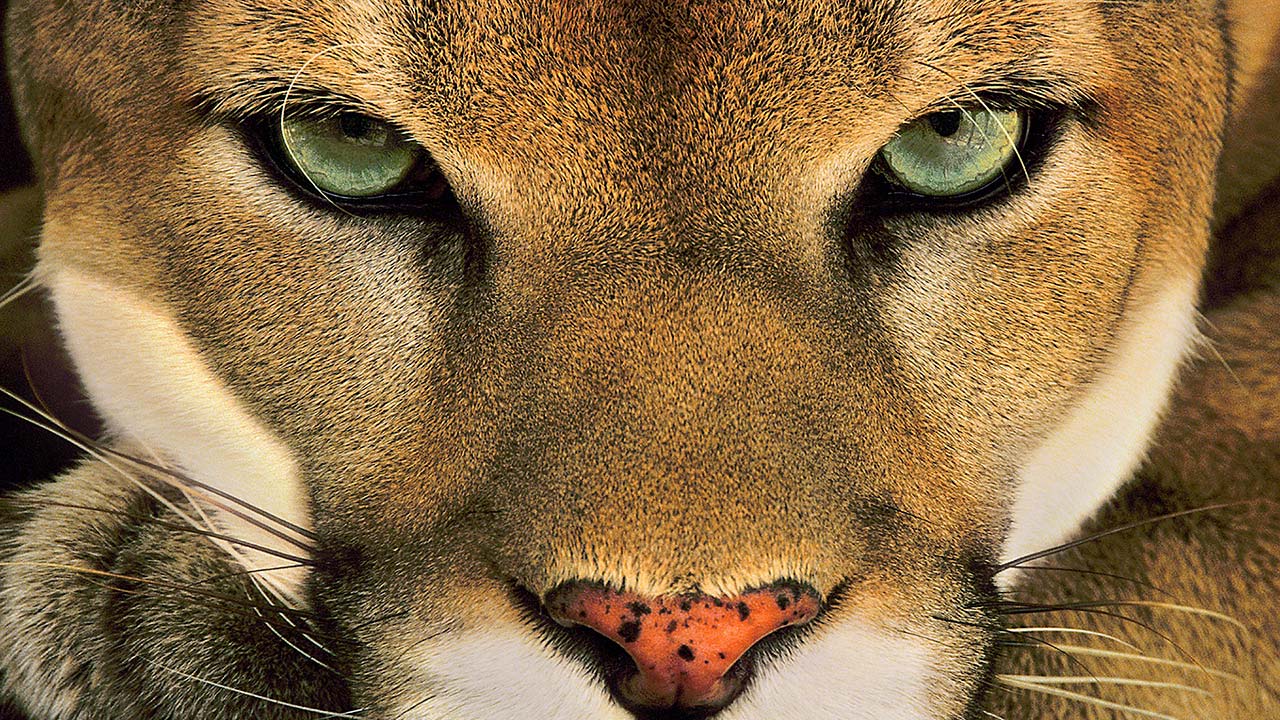
A puma (or mountain lion/cougar), one of the feline inhabitants of tropical dry forests.
Tropical dry forests rank among the most threatened in terms of biological extinction.
Priority conservation designations covering the region include the Tumbes Endemic Bird Area, identified on the basis of 55 species, of which 19 are globally threatened and 45 are endemic to the region. The Tumbesian region stands out among such areas as holding one of the largest numbers of restricted-range species (fourth in the world). This is especially unusual given its proportionally small area.
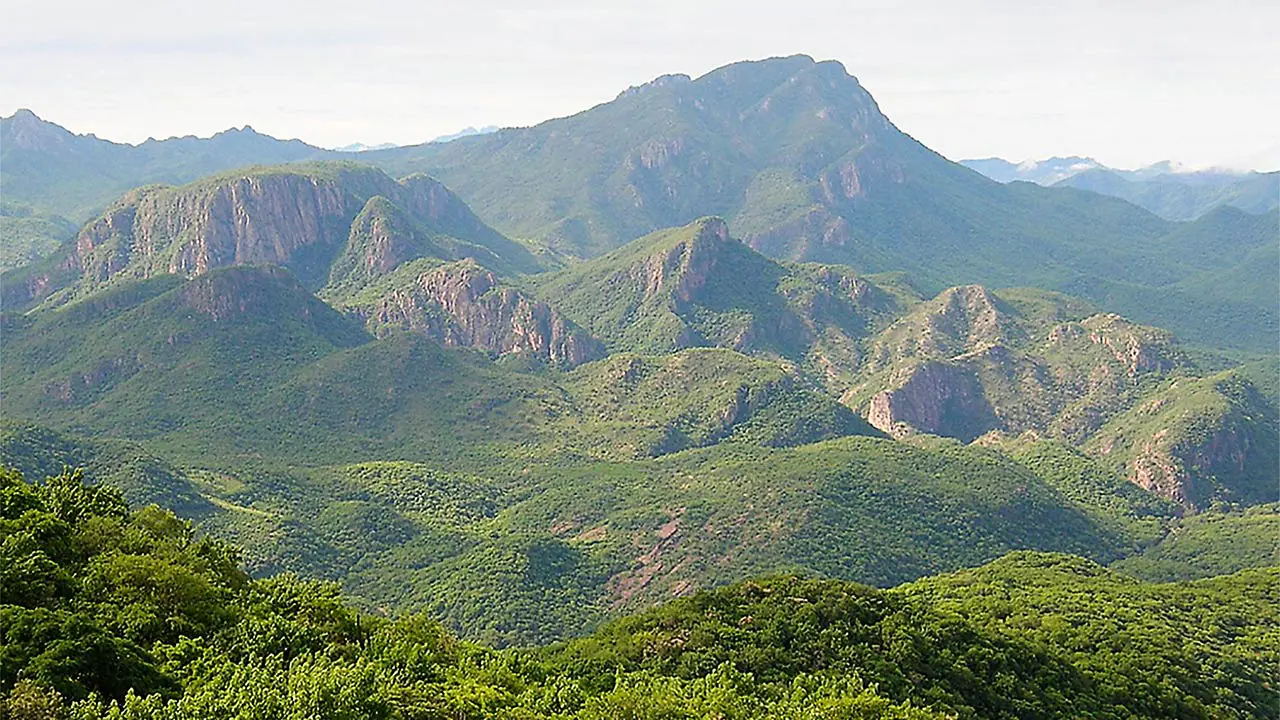
The deciduous forests of Sonora, Mexico at Nature and Culture’s Monte Mojino Reserve.
Tropical dry forests extend into North America.
The northernmost tropical dry forests are found in Sonora, Mexico. Previously this ecosystem extended continuously from northern Mexico over a thousand miles into Central America. Now, only 15% remains, and only 1% is protected. The Sonoran forests support a high diversity of birds with approximately 330 species and provide critical habitat for birds migrating from the Rockies.
Additionally, the tropical dry forests of Sonora hold five species of wild cats including the jaguar, puma, bobcat, and ocelot, and 79 species of amphibians and reptiles.
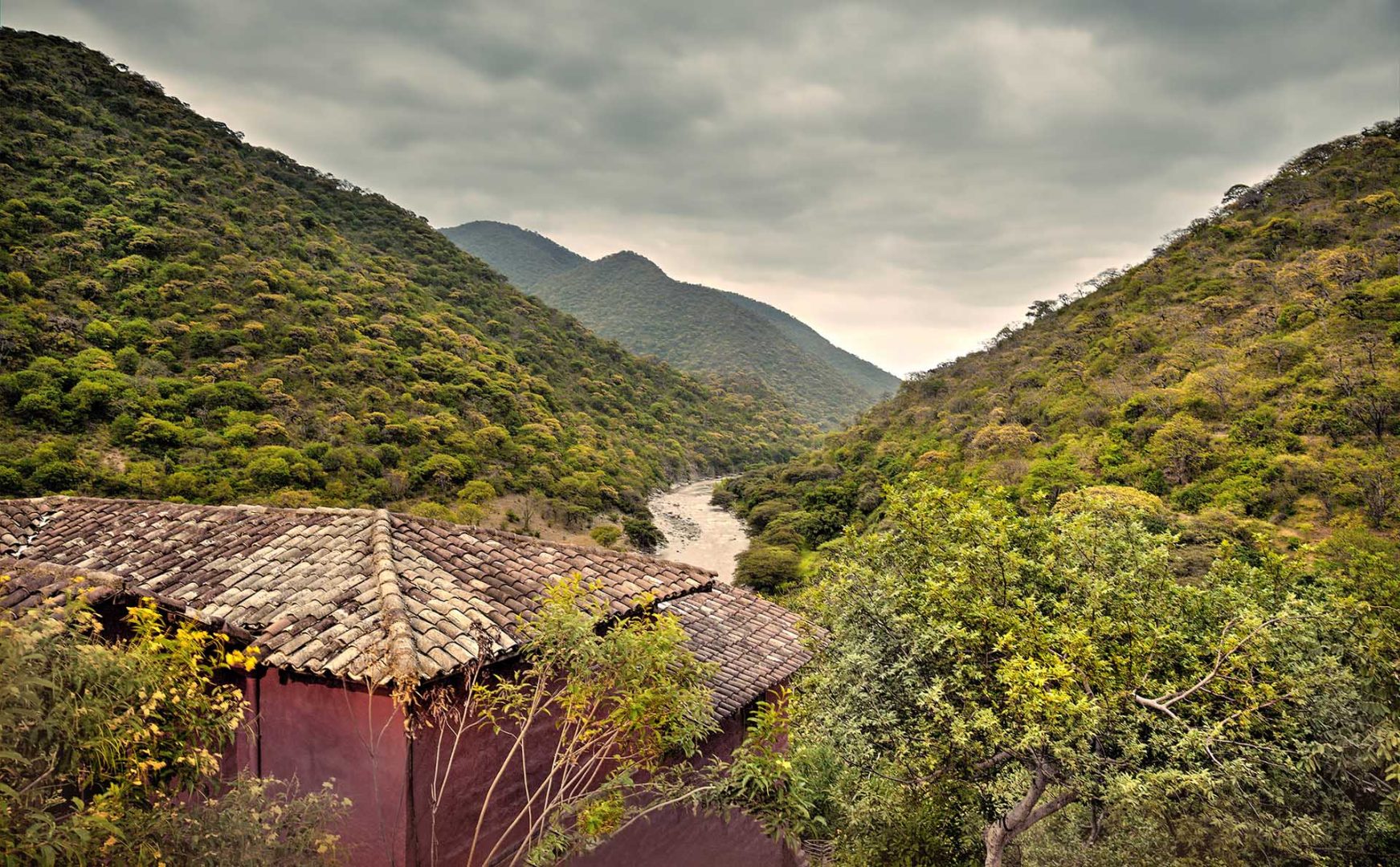

Much is still to be learned about the tropical dry forests. Nature and Culture operates a field station in our Laipuna Reserve in southern Ecuador dedicated to biological research to uncover and protect endangered populations of endemic birds such as the blackish-headed spinetail, the henna-hooded foliage-gleaner, and the rufous-necked foliage-gleaner. It has also discovered the presence of white-necked peccaries, white-tailed deer, and pumas.


